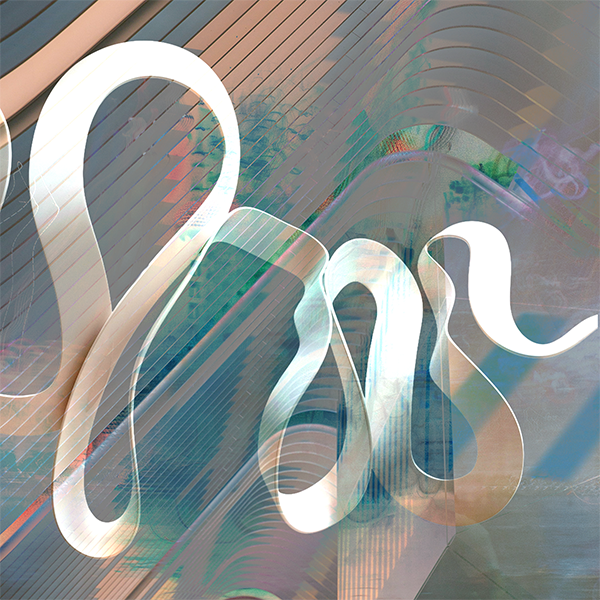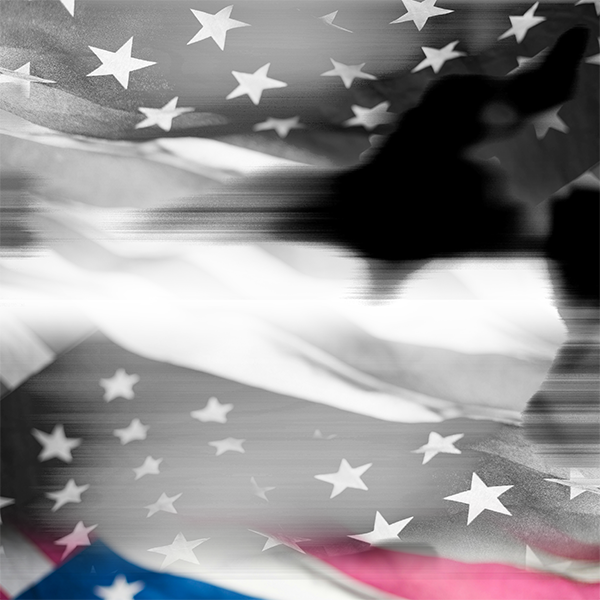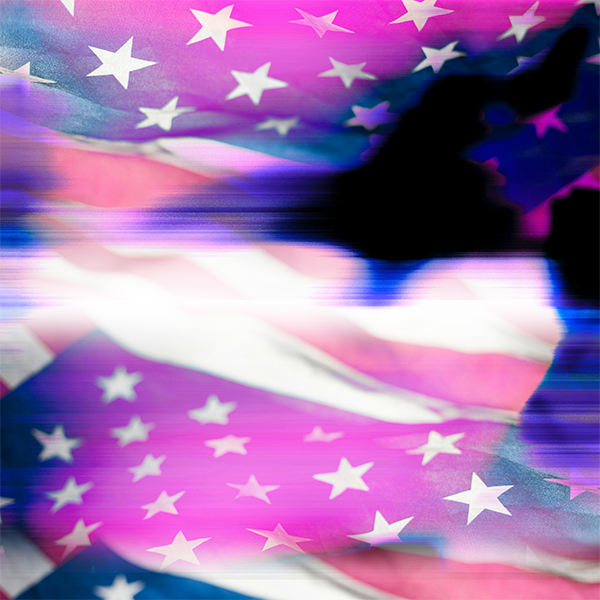Understanding Critical Race Theory: Part 1
Editor’s Note: there has been a great deal of conversation in and around Christian spaces regarding critical race theory (CRT), a framework that has become a lightning rod of controversy in both the church and political sectors, especially in recent years. Missio Alliance wanted to invite two people who have both done the work of thinking through and writing about CRT to our site, to help explain what CRT is and how Christians should evaluate it as well as the surrounding controversies about it. This is the first of a two-part series; today’s entry is by UCLA professor Robert Chao Romero. On Friday, Jeff Liou, director of theological formation at InterVarsity Christian Fellowship, will continue the second part of this series.
Eight years ago, I helped lead a tour of urban Latina/o students at UCLA together with a Christian urban youth organization and a great campus group called Destino. After meeting them in the lovely Sculpture Garden, we walked up to the elevator doors of my building, Bunche Hall. Around 20 Latino high school students with me, and when we arrived at the elevator, I pressed the elevator button a few times like I normally do. In response, another professor—an older white lady—then told me, “You don’t have to press the button so many times; it will work if you just press it once.”
Together with about half the students, we walked onto the elevator. We pressed the button for our floor, and my professor colleague pressed the button for hers. We looked and for some reason, the buttons for several other floors were also lit up (think of the famous scene from Elf). Was it one of the teenagers that had pressed them, or were they lit up for some other reason? My professor colleague proceeded to blame the students that were in the elevator and made some angry and disrespectful comments. (As it turns out, the students had not pressed the buttons). I was so mad, and I told her, “These students are here at college for the first time.”
She then looked at them and said, “If they want to come to college, they better ‘buck up.’”
I was infuriated. I expressed my displeasure to my colleague, and she got off on her floor without saying a word. I then apologized to the students for what they had just experienced. But then they told me, “It’s ok, we’re used to it.”
As God would have it, around that same time I was teaching my first graduate class on Chicana/o legal history and critical race theory (CRT). CRT gave me the language to describe what I experienced that day, for not the first or last time: a microaggression. Microaggressions are small acts of racism which those of us who are BIPOC (Black, Indigenous, and People of Color) experience on a regular basis in the United States. Often they take the form of rude or arrogant racially-tinged comments or actions. Every individual microaggression is painful in itself, but when they add up, they can take an especially heavy emotional toll. In their book Critical Race Theory: An Introduction, Richard Delgado and Jean Stefancic write:
Like water dripping on sandstone, they can be thought of as small acts of racism, consciously or unconsciously perpetrated, welling up from the assumptions about racial matters most of us absorb from the cultural heritage in which we come of age in the United States. These assumptions, in turn, continue to inform our public civic institutions—government, schools, churches—and our private, personal, and corporate lives.1
As a professor, lawyer, historian, and pastor, I’ve continued to teach and write professionally about CRT ever since then. I’ve come to one conclusion: CRT is helpful. Before I explain why, let me first explain more about the origins of CRT and what it is.
What is CRT?
Critical race theory examines the intersection of race, racism, and US law and policy. In other words, it looks at how US laws and public policy have been manipulated and constructed over the years to preserve privilege for those considered “white” at the expense of those who are people of color. For example, how did racism infect US law and policy through slavery and Jim Crow segregation, and how does racism continue to cripple our legal, educational, political, corporate, and public health institutions? According to Delgado and Stefancic:
The critical race theory movement is a collection of activists and scholars interested in studying and transforming the relationship among race, racism, and power. The movement considers many of the same issues that conventional civil rights and ethnic studies discourses take up, but places them in a broader perspective that includes economics, history, context, group- and self-interest, and even feelings and the unconscious. Unlike traditional civil rights, which stresses incrementalism and step-by-step progress, critical race theory questions the very foundations of the liberal order, including equality theory, legal reasoning, Enlightenment rationalism, and neutral principles of constitutional law.3
Critical race theory began as a movement among legal scholars in the 1970s and 1980s because most American law schools ignored the topic of race and racism altogether. Based upon my own law school experience at Berkeley, I found this to be true as well. The late Derrick Bell is considered the intellectual father-figure of CRT. (I’m proud to say that many of the leading CRT scholars of the world are at UCLA!). CRT has continued to build as a burgeoning intellectual movement, and it has spawned offshoots such as LatCrit (Latino Critical Race Theory) and an Asian American CRT movement. LatCrit folks like myself research and advocate around topics such as immigration, education, and voting rights. CRT has also been adopted and developed by scholars of other disciplines such as education and history.
CRT offers four decades’ worth of empirical, interdisciplinary observations of how culture, ethnicity, and race have operated in US history. Just as a Christian scientist might say that all truth is God’s truth, and therefore, the scientific truths which flow from test tubes and laboratory experiments may be considered part of God’s general revelation, so does CRT offer empirical truths about how race has operated as a legal and social category throughout the past 400 years of US history.
Just as a Christian scientist might say that all truth is God’s truth...so does CRT offer empirical truths about how race has operated as a legal and social category throughout the past 400 years of US history. Share on XThe Diversity of CRT
That being said, CRT represents a diverse body of theory and reflection, and I don’t agree with it all. As an example, Jeff Liou who will offer Part 2 of this series has pointed out that CRT largely lacks a hopeful eschatological vision of the Beloved Community of all. I agree, I believe along with Jeff that the contribution of such an overarching theological vision could be our greatest contribution to CRT. Another legitimate critique is that some CRT analysis can skew Marxist, though certainly not all, or even most of it. As the grandson of a Chinese Christian refugee family who was forced to flee China because my pastor grandfather was on a Communist hit list, I am certainly not a Marxist. And not all CRT theorists and practitioners are in agreement with one another, either. With respect to the Marxism issue, for example, one prominent Marxist scholar has argued that CRT and Marxism are necessarily opposed!2
With those qualifications, I still find CRT helpful as a bridge for evangelism. Just as John used the Greek concept of the “logos” as a bridge to share about Jesus with his Greco-Roman audience, and Paul connected with his hearers at the Areopagus by citing Greek philosophers and poets (Acts 17), so have I been able to share the gospel with thousands of people who would never darken the door of a church by using CRT as a cultural bridge.
I been able to share the gospel with thousands of people who would never darken the door of a church by using CRT as a cultural bridge. Share on XHow CRT Aligns with Scripture
As a follower of Jesus, I’m greatly intrigued by the truths in CRT which comport with the teachings of the Bible. Of course, not everything in CRT is in alignment, but many of the big tenets of CRT line up squarely with the teachings of Jesus and Scripture. Since all truth is God’s truth, this does not surprise me at all. I will offer just two examples:
The first major tenet of CRT is that “racism is ordinary.” This means that racism is an ordinary part of everyday life for people of color in the United States. We experience racism on a regular basis as we go about our daily lives. We feel it in our one-to-one interactions with people, and in big and small ways. We experience racism on an institutional level too—in our schools, hospitals, courtrooms, political institutions, and, unfortunately, even in some of our churches, seminaries, and ministries. According to CRT scholars, “[R]acism is ordinary, not aberrational—’normal science,’ the usual way society does business, the common, everyday experience of most people of color in this country.”4
In fact, this idea of racism being “ordinary” and “just the way it is,” lines up exactly with a biblical worldview. From the standpoint of the Bible, sin is ordinary. It is our natural bent, apart from God’s transformative work in our hearts and lives. As the Apostle Paul states, “For all have sinned and fall short of the glory of God, and all are justified freely by his grace through the redemption that came by Christ Jesus” (Rom 3:23-24). And prejudice and racism are two of the ugliest types of sin. They violate the sacred biblical truth that all people are equal in God’s sight because all people are made equally in God’s image. Prejudice says: ”My culture reflects the image of God more than yours, my people are better because your people are ‘criminals, rapists, drug dealers, and uneducated.’ Racism says: “Because my people are culturally superior to yours, I will create laws and policies, and structure society, in such a way that privileges ‘my people.’ I will make sure that ‘your people’ have little to no access to these same privileges and benefits because you are culturally inferior and don’t really belong.”
Another biblical analog from CRT is that of community cultural wealth. CRT scholars Tara Yosso and Danny Solórzano developed the concept of community cultural wealth in the context of urban educational studies.[5] Instead of approaching Latino educational achievement in terms of “cultural deficit” models which depict Latino students as deficient in so far as they are unlike white suburban students, Yosso and Solórzano argue that scholarly analysis should begin with an understanding of the unique community cultural wealth possessed by Chicanos/Latinos. Building upon this approach, Lindsay Pérez Huber found that “spiritual capital” was a major component of the community cultural wealth of undocumented student activists.6 Her interviews with “Dreamers” revealed that faith served as critical “spiritual capital” for their educational success.
Similarly, sacred Scripture teaches that every ethnic group possesses God-given community cultural wealth. In the book of Revelation, John calls this the “glory and honor of the nations” when he writes, “The glory and honor of the nations will be brought into it [the New Jerusalem]” (Rev 21:26). The word translated into English as “glory” can also be translated as “treasure or wealth.” A plausible reading of this passage is that after Jesus returns and makes all things new, the cultural treasure and wealth of every ethnic group of the world will be brought into the New Jerusalem forever. In fact, the Brown and Black church have been repositories of such diverse glory and honor for more than four centuries. We should start living into this wonderful reality now!
The Brown and Black church have been repositories of such diverse glory and honor for more than four centuries. We should start living into this wonderful reality now! Share on XFar too often, people of color are forced to leave their own God-given cultural treasure and wealth outside of the ministry and church doors in order to find acceptance. This is why millions are fleeing the evangelical church and parachurch ministries today. God is not colorblind, and neither should we be.
(Part 2 of this series by Jeff Liou will be published on Friday.—Eds.)
[1] Richard Delgado and Jean Stefancic, Critical Race Theory: An Introduction (New York: New York University Press, 2012), 2.
[2] Mike Cole, Critical Race Theory and Education: A Marxist Response (New York: Palgrave MacMillan, 2009).
[3] Delgado and Stefancic, Critical Race Theory, 3.
[4] Ibid.,7
[5] Tara J. Yosso, “Whose culture has capital? A critical race theory discussion of community cultural wealth,” Race Ethnicity and Education, 8:1 (2005), 69-91, DOI: 10.1080/1361332052000341006.
[6] Lindsay Pérez Huber, “Challenging Racist Nativist Framing: Acknowledging the Community Cultural Wealth of Undocumented Chicana College Students to Reframe the Immigration Debate,” Harvard Educational Review, Vol. 79, No. 4 (2009).



